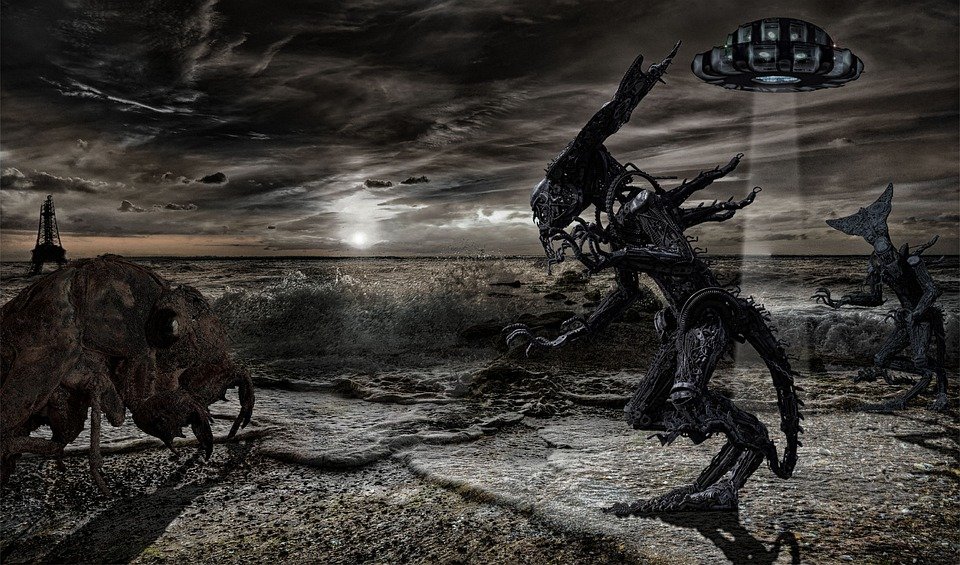From Copper to Gold: Unveiling the Various Metals Used in Coin Minting
Coins have played a significant role in human history, serving as a medium of exchange and a symbol of wealth and power. Throughout the centuries, various metals have been used in coin minting, each with its unique properties and value. Let’s delve into the fascinating world of coin metals and discover the journey from copper to gold.
1. Copper
Copper is one of the oldest known metals used in coinage. Its durability and abundance made it an ideal choice for early civilizations. Ancient copper coins were often made by hammering sheets of the metal into shape. These coins were relatively simple in design and lacked the intricate details we see today.
One of the most famous copper coins in history is the Roman As, which was minted during the Roman Republic. These coins featured the bust of the reigning emperor on one side and various symbols on the reverse. Copper coins continued to be used throughout the Middle Ages, but as time went on, other metals gained popularity.
2. Silver
Silver has been a prized metal for centuries due to its beauty and intrinsic value. The Greeks, Persians, and many other ancient civilizations used silver coins extensively. Silver coins were often minted by pouring molten metal into molds, which allowed for more intricate designs and finer details. The introduction of silver coins brought about a new era in coinage, with more elaborate and artistic designs.
One of the most famous silver coins is the Spanish Real, which was widely used during the colonial period. These coins were minted in the Spanish colonies and traded across the globe. The Real featured the Spanish coat of arms on one side and the pillars of Hercules on the reverse.
3. Gold
Gold has long been associated with wealth and power. The use of gold coins dates back to ancient times, with civilizations such as the Greeks and Persians minting gold coins for trade and commerce. Gold coins were often used to showcase the wealth and prestige of a nation or ruler.
One of the most iconic gold coins in history is the British Sovereign. First minted in 1489, the Sovereign featured the image of the reigning monarch on one side and the royal coat of arms on the reverse. The British Sovereign is still minted today and is highly sought after by collectors and investors alike.
4. FAQs
Q: Are coins made entirely of the respective metal?
A: Coins are rarely made entirely of a specific metal. Most modern coins are made from alloys, which are a combination of different metals. This is done to enhance durability and prevent wear and tear.
Q: Are coins made of precious metals more valuable?
A: Coins made of precious metals such as gold and silver often have a higher intrinsic value due to the metal content. However, the rarity, historical significance, and condition of a coin also play significant roles in determining its value.
Q: How are coins minted today?
A: Modern coin minting involves the use of sophisticated machinery and techniques. The process typically includes metal blank preparation, design transfer, striking, and finishing. The coins are then inspected for quality control before being released into circulation.
Q: Can I collect coins as an investment?
A: Coin collecting can be a rewarding hobby and a potential investment. However, it is important to research and educate yourself on the market and the specific coins you wish to collect. Consult with experts and consider factors such as rarity, condition, and historical significance before making any investment decisions.
Q: Are there any other metals used in coin minting?
A: Yes, in addition to copper, silver, and gold, various other metals have been used in coin minting throughout history. These include nickel, bronze, aluminum, and platinum, among others.
From copper to gold, the metals used in coin minting have evolved over time, reflecting the changing needs and preferences of societies. Each metal has its unique characteristics and value, making coins not just a means of exchange but also a window into the rich history of civilizations across the globe.

